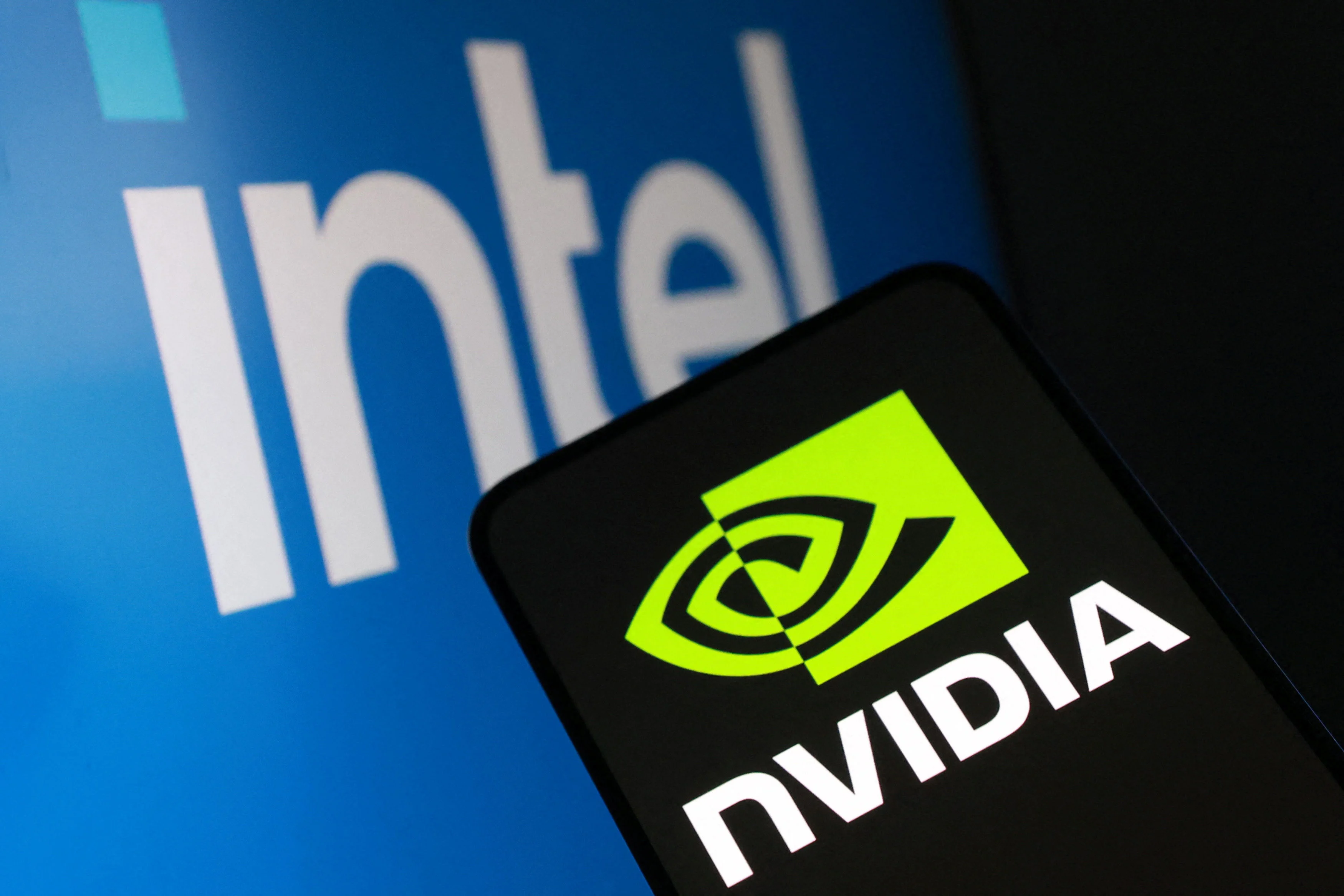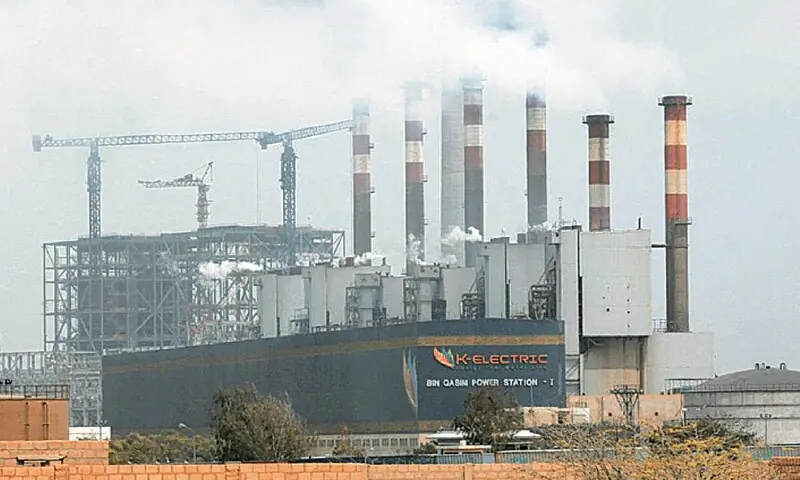By Reuters
Copyright scmp

Nvidia said on Thursday it would invest US$5 billion in Intel, throwing its heft behind the struggling US chipmaker just weeks after the White House engineered an extraordinary deal for the federal government to take a massive stake in the company.
The stake will instantly make Nvidia one of Intel’s largest shareholders, giving it roughly 4 per cent of the company after new shares are issued to complete the deal.
Nvidia’s support represents a new opening for Intel after years of turnaround efforts failed to pay off and it triggered a 25 per cent jump in the US manufacturer’s shares.
Intel – once the chip industry’s flag bearer that claimed to put the “silicon” in Silicon Valley – appointed a new CEO, Tan Lip-Bu, in March.
He quickly came under fire from US elected officials, including US President Donald Trump, who called for him to resign due to concerns about his connections with China.
That led to a swiftly arranged meeting in Washington that ended with Intel’s unusual arrangement to give the US a 10 per cent stake in the company.
Nvidia CEO Jensen Huang told reporters on a call that the Trump administration had not been involved in the partnership deal but would have been supportive.
Huang was seen with Trump and other business leaders during the US president’s state visit to Britain on Thursday.
This new pact includes a plan for Intel and Nvidia to jointly develop PC and data centre chips but crucially will not involve Intel’s contract manufacturing business, known as a “foundry” in the chip industry, making computing chips for Nvidia.
Intel’s foundry business will, however, supply the central processors and advanced packaging for the joint products. Huang said his company was continuing to evaluate Intel’s foundry technology and had been working with the rival for nearly a year.
Most analysts believe that for Intel’s foundry to survive, it would need to win a large customer such as Nvidia, Apple, Qualcomm or Broadcom.
“This may be the first step of an acquisition or breakup of the company [Intel] among US chip makers though it is entirely possible the company will remain a shadow of its former self but will survive,” said Nancy Tengler, CEO of Laffer Tengler Investments.
Nvidia, whose must-have chips are powering a global artificial intelligence boom, said it would pay US$23.28 per share for Intel common stock, slightly below the US$24.90 Wednesday closing price but higher than the US$20.47 price the US government paid. Nvidia shares were up 3.8 per cent on Thursday.
The companies did not disclose the financial terms of their collaboration but said they would make “multiple generations” of future products.
The deal adds to Intel’s growing reserve of capital, following a US$2 billion investment from Softbank and the US$5.7 billion investment from the US government.
CEO Tan has vowed to make Intel’s operations lean and build factory capacity only when there is demand to match it.
“This is a massive game-changer for Intel and effectively resets its position of AI-laggard into a cog in future AI infrastructure,” said Gadjo Sevilla, senior AI and tech analyst at eMarketer.
The pact represents a potential risk to Taiwan’s TSMC (Taiwan Semiconductor Manufacturing Company). TSMC currently manufactures Nvidia’s flagship processors, a business the world’s most valuable company could one day extend to Intel.
AMD (Advanced Micro Devices), which competes with Intel for supplying chips to data centres, also stands to lose thanks to Nvidia’s backing.
TSMC declined to comment and AMD did not respond to a request for comment.
“AMD has been seizing market share in desktops and laptops for quite some time and this will help Nvidia out against its closest domestic peers but I think TSMC may have the bigger risk to its operation over the long term,” said David Wagner, portfolio manager at Aptus Capital Advisors.
Under the terms of the deal, Intel will design custom data-centre central processors Nvidia plans to package with its AI chips, known as GPUs.
A proprietary Nvidia technology will let the Intel and Nvidia chips communicate at higher speeds than before.
Speedy links are a key differentiator in the AI (artificial intelligence) market because many chips must be strung together to act as one to chew through massive amounts of data.
Currently, Nvidia’s best-selling AI servers with those links are only available using Nvidia’s own chips; this deal would put Intel on equal footing, giving it a chance to make money off each Nvidia server.
The combined Nvidia-Intel chips could challenge AMD, which is developing its own AI servers, and Broadcom, which also has chip-to-chip connection technology and helps companies such as Alphabet’s Google develop AI chips. Broadcom did not respond to a request for comment.
AMD shares were down 2.3 per cent, while Broadcom shares rose 0.4 per cent.
For consumer markets, Nvidia will provide Intel with a custom graphics chip that Intel can package with its PC central processors with the same speedy links, potentially giving it an edge against AMD.
The companies did not say when the first joint products would come to market, but said their product plans before the deal had not changed.



